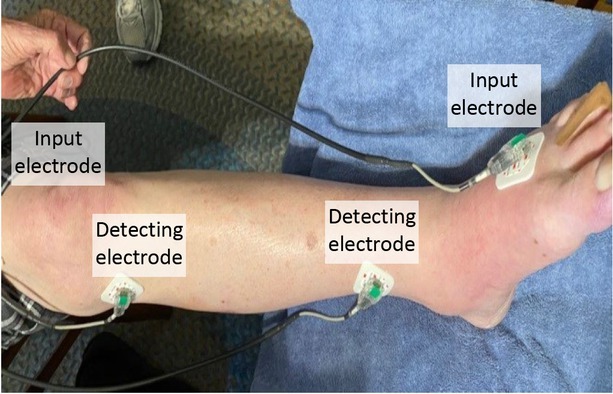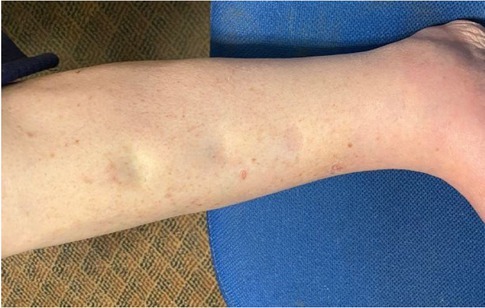Intravascular, Interstitial and Intracellular Volume Changes During Short Term Deep Tissue Massage of the Calf: A Case Study.
Q3 Biochemistry, Genetics and Molecular Biology
引用次数: 0
Abstract
The following case study demonstrates that the effectiveness of Deep Tissue Massage (DTM) can be monitored in real time with bioimpedance. DTM techniques are used as a medical treatment to help reduce swelling of the calves of congestive heart failure patients. Bioimpedance monitoring shows immediately how fluid is redistributed within the intravascular, interstitial and intracellular fluid compartments, and how long the redistribution lasts. Bioimpedance spectroscopy, as used in this study, is a non-invasive procedure that can be used to monitor compartment fluid volumes and changes during many fluid management procedures.



短期小腿深层组织按摩期间血管内、间质和细胞内体积的变化:一个案例研究。
下面的案例研究表明,深层组织按摩(DTM)的有效性可以通过生物阻抗实时监测。DTM技术被用作一种医学治疗,以帮助减少充血性心力衰竭患者的小腿肿胀。生物阻抗监测可立即显示液体在血管内、间质和细胞内的重新分布,以及重新分布持续的时间。本研究中使用的生物阻抗谱是一种非侵入性方法,可用于在许多流体管理过程中监测腔室液体体积和变化。
本文章由计算机程序翻译,如有差异,请以英文原文为准。
求助全文
约1分钟内获得全文
求助全文
来源期刊

Journal of Electrical Bioimpedance
Engineering-Biomedical Engineering
CiteScore
3.00
自引率
0.00%
发文量
8
审稿时长
17 weeks
 求助内容:
求助内容: 应助结果提醒方式:
应助结果提醒方式:


